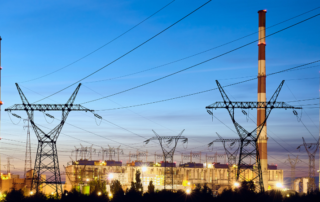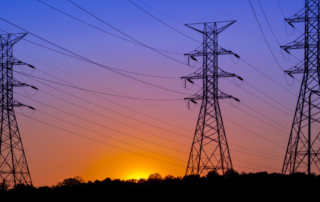Lessons Learned From Two Decades Of Energy Deregulation
Energy deregulation has transformed the U.S. energy landscape over the past two decades, introducing both opportunities and challenges for businesses and consumers. While deregulated markets have driven innovation, increased renewable energy adoption, and created competitive pricing structures, they have also faced regulatory scrutiny, market volatility, and consumer protection concerns. As the energy sector continues to evolve, policymakers are refining deregulation models to better support renewable energy integration, capacity market stability, and consumer transparency.
Navigating Natural Gas Regulatory Shifts: Key Changes & Market Impacts
As natural gas regulatory shifts reshape the energy market, businesses must navigate evolving policies, pricing fluctuations, and sustainability mandates. Understanding these regulatory changes in the natural gas industry is essential for companies looking to manage costs, optimize contracts, and stay compliant in an increasingly complex energy landscape.
Building Trust: What Commercial Energy Clients Expect from Suppliers
When choosing an energy supplier, commercial customers seek more than just competitive pricing; they prioritize transparency, reliability, and long-term value. With evolving market complexities and regulatory changes, businesses must navigate supplier relationships carefully to ensure they receive fair pricing, ethical service, and contract flexibility.
Strategies to Mitigate Rising Energy Capacity Prices in 2025 and Beyond
With energy capacity prices set to rise in 2025 and beyond, businesses must take proactive steps to control costs and minimize financial risks. From optimizing load factor to investing in on-site generation, there are effective strategies to offset these expenses. Leveraging expert guidance can make all the difference in managing long-term energy costs.
Interruptible Load Programs: How They Benefit Both Utilities and Commercial Consumers
Interruptible load programs (ILPs) are revolutionizing the way utilities and commercial consumers manage energy demand. In this article, we’ll explore how ILPs work, their benefits, challenges, and how they contribute to a more sustainable and resilient energy system.
Wheeling Power In The Interconnected U.S. Electric Grid
The U.S. electric grid is a vast and interconnected system that delivers power to millions of homes and businesses across the country. In this article, we’ll delve into how wheeling power works, its associated costs, and its importance in optimizing the U.S. power markets for reliability and efficiency.





